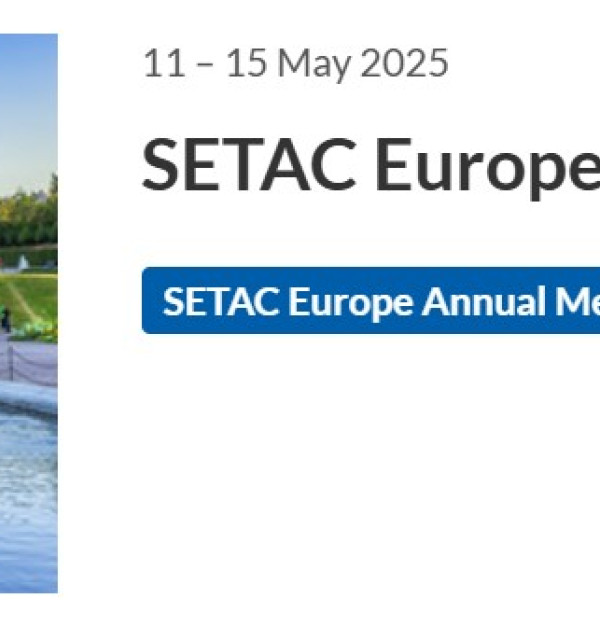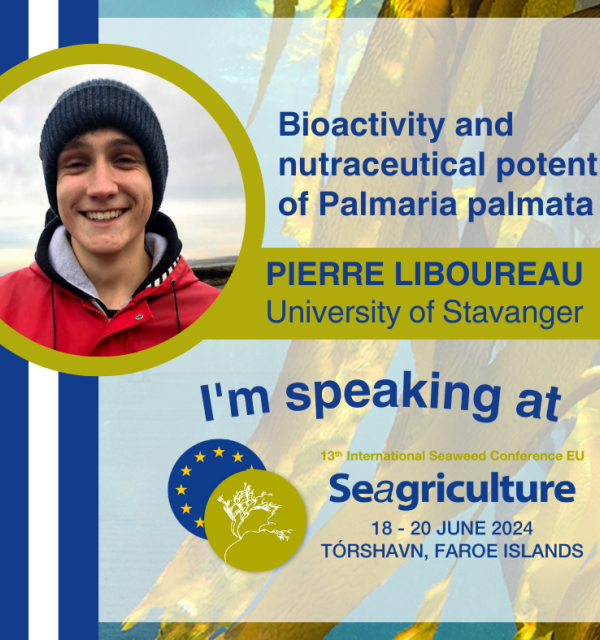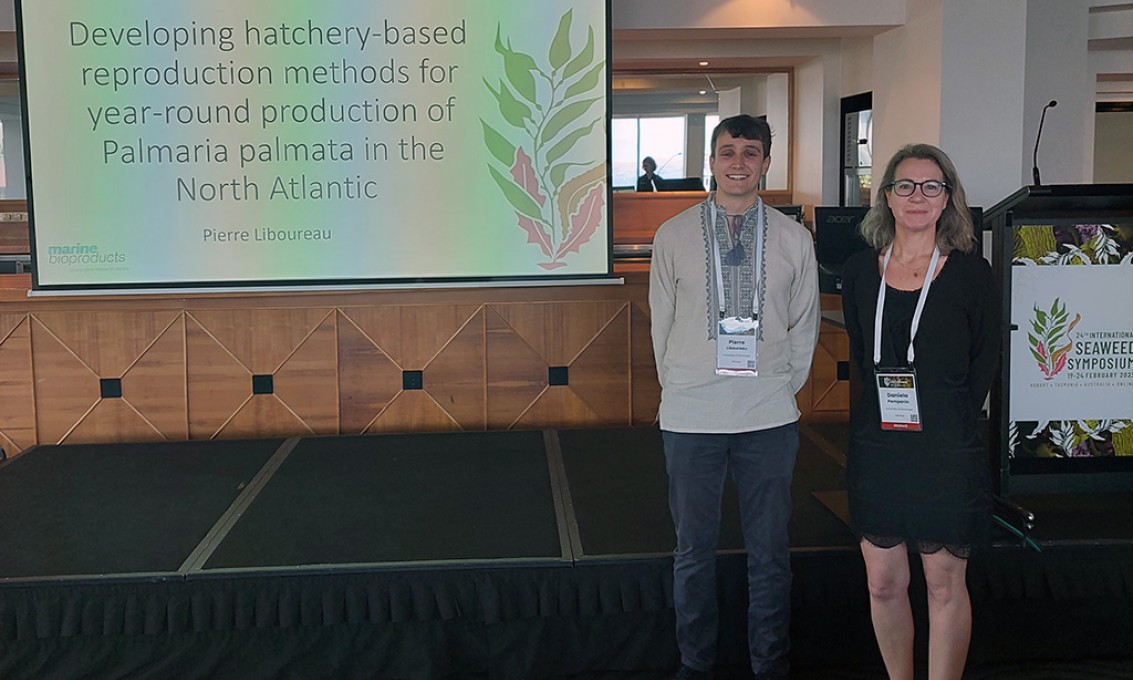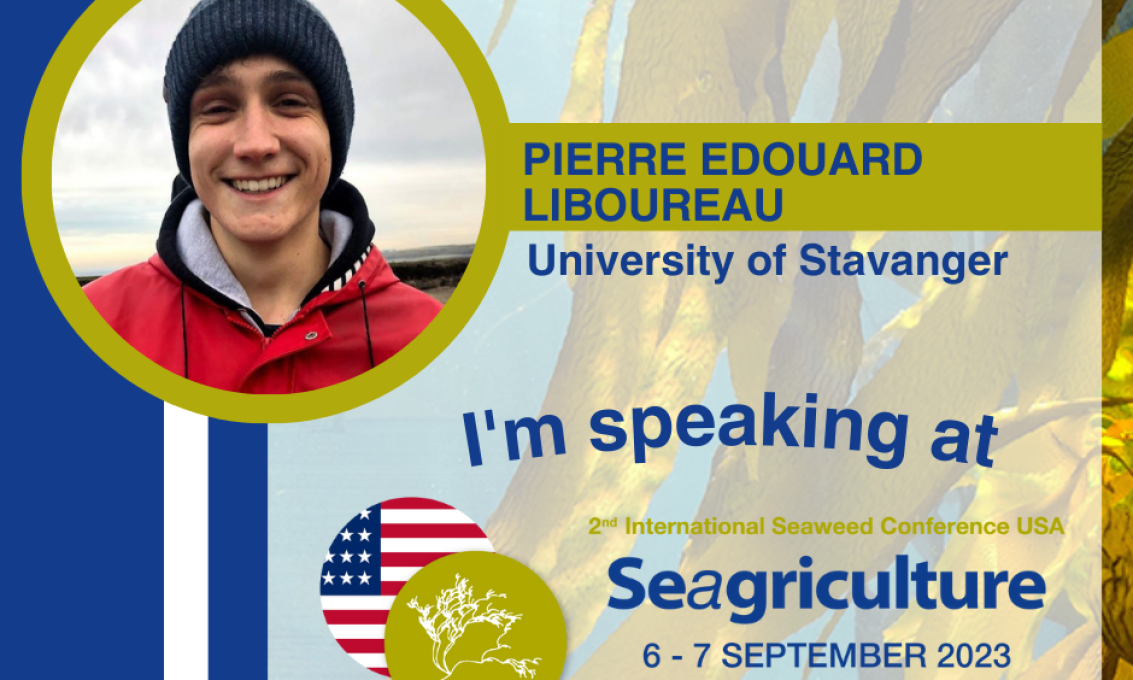Our research aims to contribute to a sustainable use of the red seaweed Palmaria palmata in aquaculture. The work focuses on life cycle and nutritional potential.

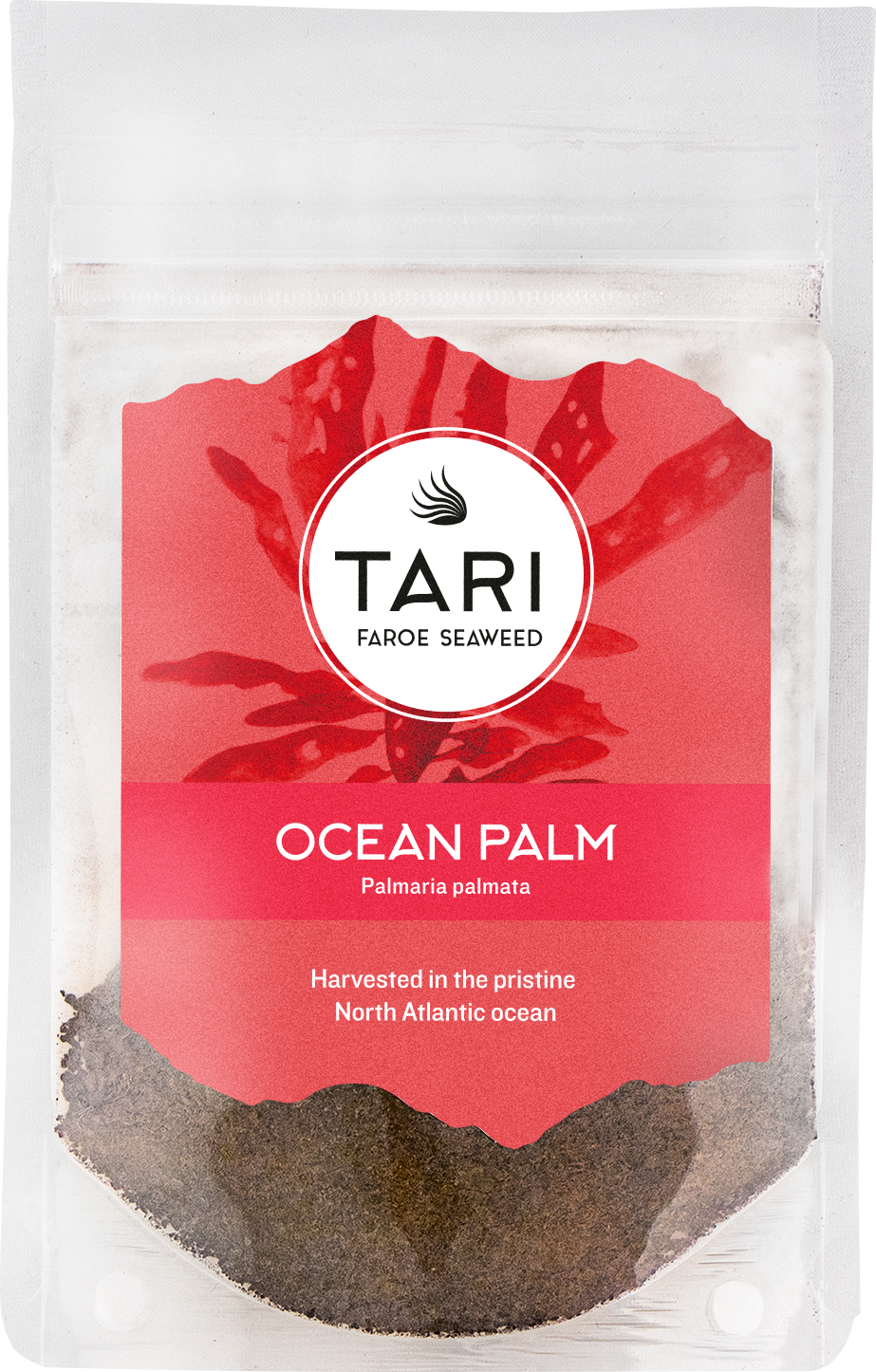
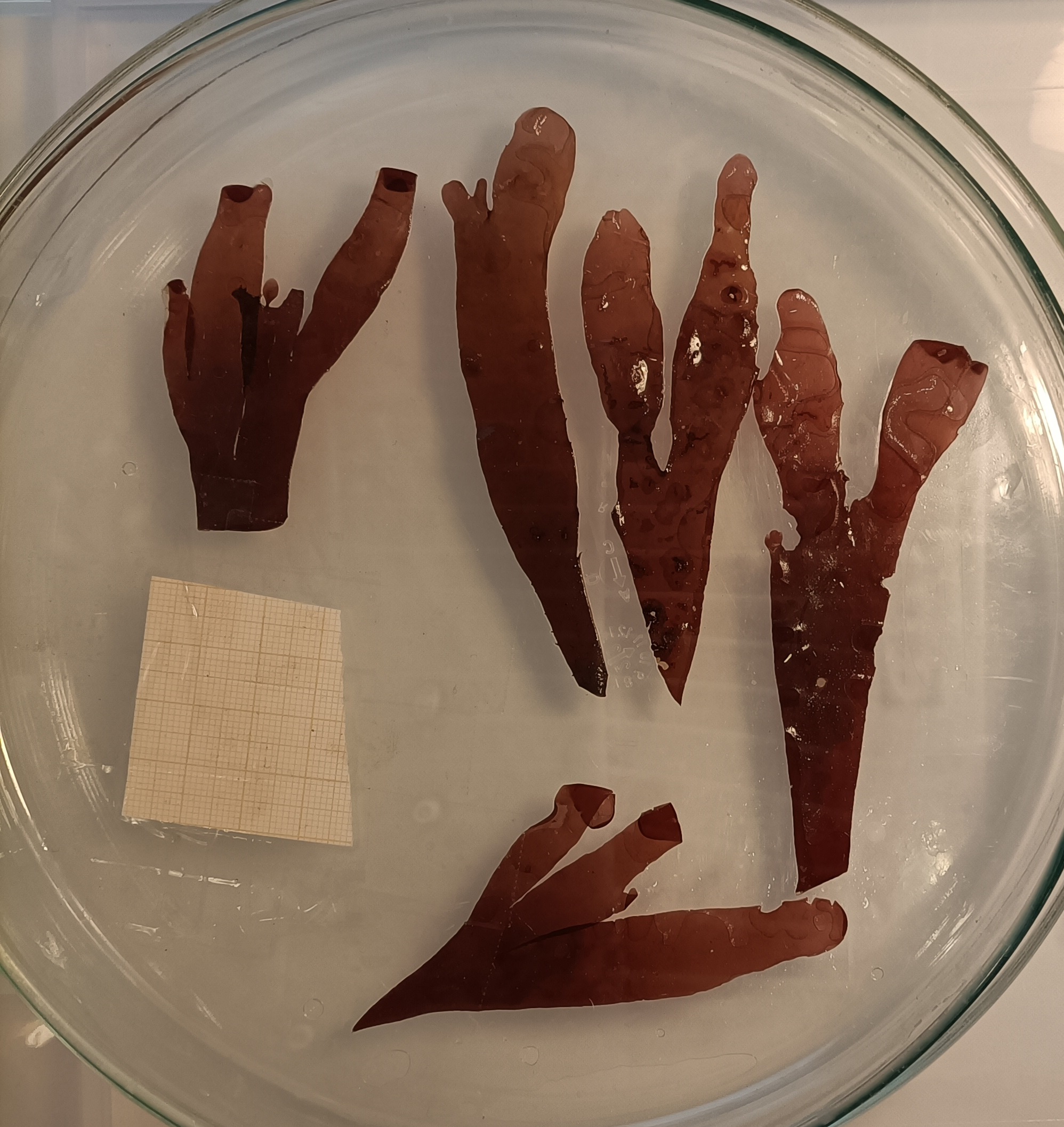
The project is based on a high-quality North Atlantic cooperation, which includes partners from the four regions supported by NORA, to strengthen the transition to a sustainable bioeconomy based on marine natural resources.
The team includes researchers from the University of Stavanger (UiS) (Norway); TARI-Faroe Seaweed (Faroe Island), RORUM (Iceland), and the Greenland Institute of Natural Resources (GINR) (Greenland).
The red seaweed Palmaria palmata (dulse) has a strong economic potential as a product for human consumption, boasting one of the highest protein contents in algae, documented bioactive properties and good palatability. Combined with a wide distribution range in the North Atlantic and growing public interest in the product, dulse is a prime candidate for the development of sustainable, sea-based aquaculture.
During the first two years of the project, the main Icelandic populations have been identified, mapped, and their potential for harvest evaluated. Commercial-scale cultivation attempts have been successful in the Faroe Islands, yielding tens of kilograms of high-quality biomass. Small-scale cultivation attempts in Greenland, both land- and fjord-based, have shown promise and will be further developed during the third year of the project by new partner Maki Seaweed Greenland. The cultivation knowledge developed in the Faroe Islands is being shared with other partners performing cultivation trials in Iceland and evaluating the potential benefits of nutrient-rich geothermal water for cultivation.
In-lab studies assessing cultivation and processing methods to promote growth, nutritional quality and bioactivity were also carried out. Using vegetative propagation, a successful growth was achieved over 14 weeks (averaging 5-7 %/day), resulting in fronds as long as 5 cm from 1-2 mm original fragments. The highest protein content was recorded in the mother plants (from which the fragments were obtained) and towards the end of the experimental period, suggesting that older, thicker tissue may yield more proteins.
Larger thallus fragments were exposed to hydrogen peroxide to activate their antioxidant mechanisms. Medium-term (3-7 days), moderate (0.1-1 mM) treatment led to increases in phenolic content and antioxidant activity, up to 2.2- and 5.4-fold baseline values, respectively, suggesting a potential use in increasing the bioactivity of seaweeds prior to harvest and processing.
Cellular extracts from these experiments were further analysed using liquid chromatography, mass spectrometry (LC/MS-MS) to identify proteins responsible for the recorded bioactivities. The results revealed that normal bioactivity is mainly related to photosynthetic proteins, but the increase triggered by the hydrogen peroxide treatment appeared to be driven by phenolics.
Short amino acid motifs, commonly known as bioactive peptides were also detected, revealing strong antihypertensive, antioxidant and antidiabetic potential in dulse proteins.
